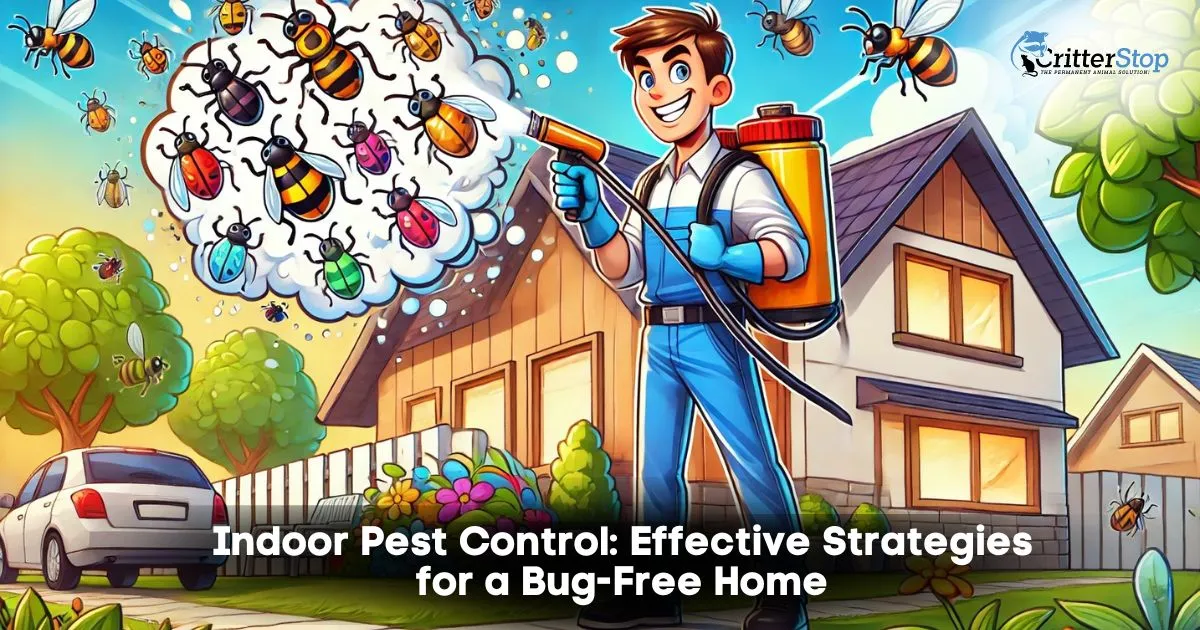
Indoor pest control is essential for maintaining a healthy living environment. Effective methods can help homeowners prevent infestations of standard pests like ants, roaches, and rodents. Understanding the best practices for pest management can make all the difference in achieving a pest-free home.
Many people underestimate the importance of proactive measures in indoor pest control. Basic strategies such as sealing entry points, maintaining cleanliness, and utilizing traps can significantly reduce pest populations. Additionally, knowing when to call in professionals can save time and resources in the long run.
As awareness about pests' effects on health and well-being grows, so does the demand for reliable pest control solutions. Readers will find practical tips and expert advice that empower them to tackle pest issues effectively, keeping their homes safe and comfortable.
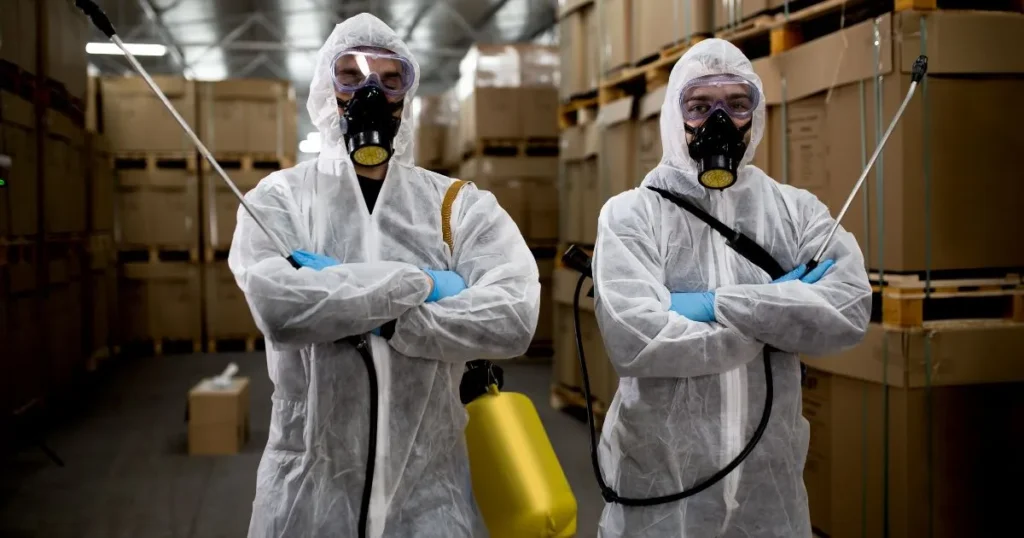
Addressing indoor pest control requires understanding the types of pests, associated health risks, and the factors that draw pests indoors. This knowledge is crucial for effective treatment and prevention strategies.
Indoor environments can attract various pests, including ants, cockroaches, bed bugs, and termites.
Routine inspections and early identification are essential for effective indoor pest control.
Pests can pose several health risks to residents.
Ensuring proper sanitation and maintenance can mitigate these risks and improve overall health.
Several factors can draw pests into a home, making pest control essential.
Addressing these factors can significantly reduce pest attraction and make indoor environments less hospitable to unwanted guests.
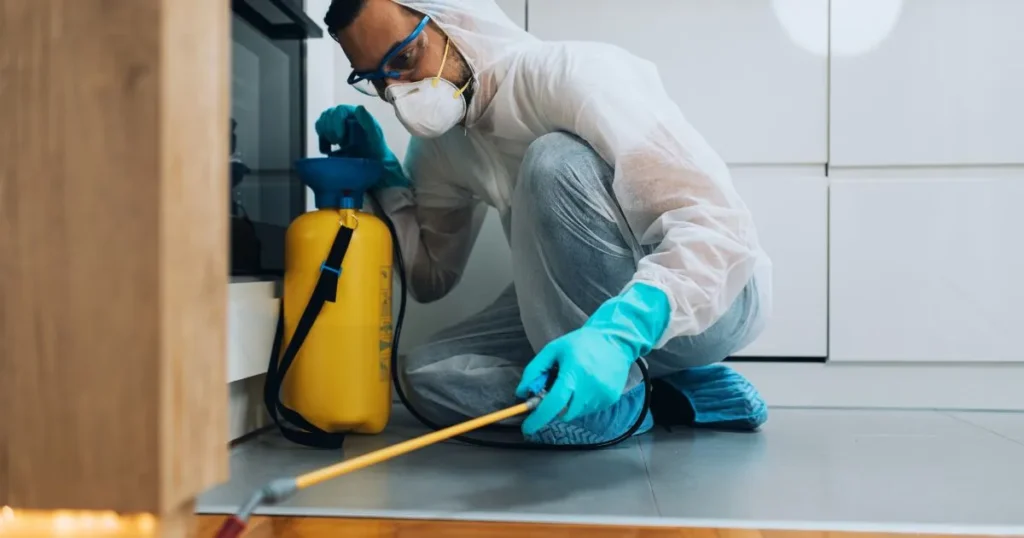
Various pests can invade indoor spaces, often leading to discomfort and damage. Understanding their behavior and prevention techniques is essential for effective indoor pest control.
Maintaining cleanliness is crucial for pest prevention. Regularly cleaning kitchens and dining areas helps eliminate food sources.
Residents can significantly lower the risk of pest infestations by focusing on these practices.
Maintaining the home’s structure is vital in preventing pests from entering. Small openings can become gateways for various insects and rodents.
Addressing structural issues proactively reduces the likelihood of infestations.
Natural methods can effectively deter pests without harsh chemicals. These options are often safer for households, pets, and the environment.
Incorporating these natural deterrents into indoor pest control strategies can enhance overall effectiveness.
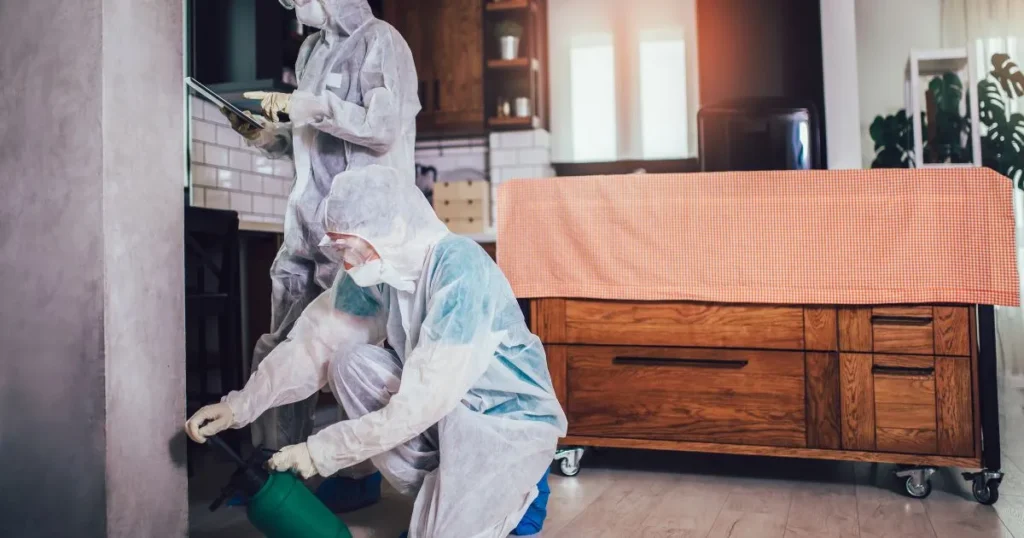
Natural repellents offer effective indoor pest control options, using less harmful ingredients to humans and pets. These methods can vary significantly, encompassing both non-chemical alternatives and certain chemical treatments derived from natural sources.
Non-chemical options are popular for those wanting to maintain a safe indoor environment. Common repellent substances include essential oils like peppermint, lavender, and tea tree oil. These oils can deter pests such as ants, spiders, and mosquitoes.
To use essential oils, a simple mixture of a few drops diluted in water can be sprayed around infested areas. Additionally, using diatomaceous earth creates a non-toxic barrier to humans but is lethal to insects with exoskeletons when they come into contact with it.
Another effective option is vinegar and dish soap, which can disrupt pests’ pheromone trails. Traps made from simple household items, such as soap and water for fruit flies, are also attractive alternatives.
Natural chemical treatments often derive from plant-based sources that are less harmful than synthetic pesticides. Products containing insecticidal soap or neem oil target soft-bodied insects like aphids and spider mites. These treatments work by suffocating pests rather than causing chemical reactions in their systems.
Users should carefully follow the application instructions to minimize potential risks to beneficial insects. It is also essential to test any natural chemical on a small area first, to avoid damage to plants or surfaces.
Some essential oil blends come pre-formulated as commercial repellents and can provide convenience and proven effectiveness. Reading labels ensures transparency about ingredients and safety precautions.
Integrated Pest Management (IPM) combines multiple strategies for effective indoor pest control while minimizing risks. This approach involves monitoring, identification, and the use of natural repellents as a primary defense.
Environmental controls, such as sealing cracks and maintaining cleanliness, help prevent infestations. When natural repellents prove insufficient, IPM incorporates natural insecticides, ensuring a comprehensive plan to manage pest populations.
This method emphasizes using the least harmful options first, progressively transitioning to stronger treatments only as necessary. Regular evaluations of pest management practices ensure that the strategies effectively address the specific issues.

Enlisting professionals to address indoor pest control ensures effective, safe, and lasting results. Expert services bring specialized knowledge, appropriate techniques, and tools to tackle pest issues efficiently.
Selecting a qualified pest control service requires careful consideration. Look for providers with certifications, solid experience, and positive customer reviews. Ask for references and client testimonials to gauge reliability.
It's also beneficial to verify their methods. Providers that use environmentally friendly products can protect both health and surroundings. Request a detailed inspection and treatment plan, ensuring the approach aligns with your pest problem. Engaging a licensed service provider minimizes risks and enhances success rates in pest elimination.
A professional indoor pest control service typically starts with a thorough property assessment. To develop a targeted treatment plan, technicians examine potential entry points, nesting sites, and food sources.
Clients should anticipate clear communication throughout the process. Experts will explain the procedures, outcomes expected, and any necessary preparations. Treatment methods, including baiting, trapping, or applying chemical treatments, may vary. Post-treatment follow-ups help ensure that the pests do not return.
Having skilled professionals involved elevates the level of service and significantly increases the likelihood of a pest-free environment.
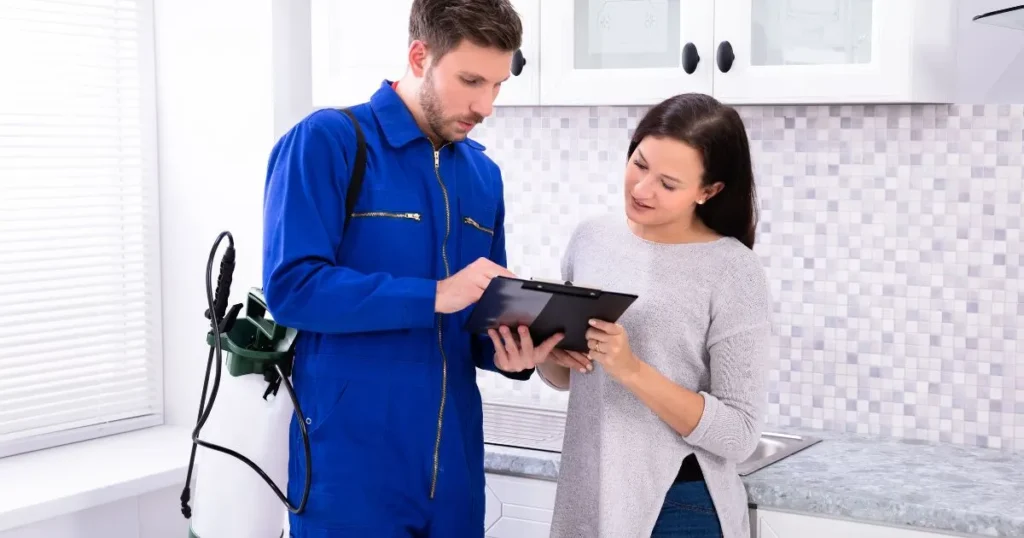
Critter Stop specializes in indoor pest control, providing practical solutions for unwanted critters. Their expertise covers a range of pests, including rodents, insects, and other wildlife that can invade homes.
The company employs humane methods for wildlife removal, ensuring the safety of both the animals and homeowners. By using advanced techniques, Critter Stop addresses issues thoroughly and effectively.
Critter Stop has a fantastic reputation, aided by numerous positive customer reviews online. Their commitment to high-quality work and exceptional customer service sets them apart in indoor pest control.
Calling Critter Stop at (214) 234-2616 for a free inspection is a smart step for those facing pest challenges. The team ensures peace of mind with professional service tailored to individual needs.
Indoor pest control involves various techniques and products tailored to manage and prevent pest infestations. The following answers address common queries related to pest management in the home environment.
Effective methods for indoor pest control include traps, baits, insecticides, and exclusion techniques. Maintaining cleanliness and sealing entry points also contribute significantly to prevention efforts. Integrated Pest Management (IPM) combines these strategies for optimal results.
Indoor pest control methods reduce insects' risk of infesting living spaces. By utilizing barriers, insecticides, and proper sanitation practices, residents can create an environment that is less inviting to pests, ensuring a safer atmosphere.
For homes with pets, choosing pet-safe products is crucial. Options include non-toxic traps, natural repellents, and specific insecticides labeled safe for pet exposure. Integrating physical barriers and regular cleaning can also be effective strategies.
The frequency of indoor pest control applications depends on the pest type and the home's vulnerability. Generally, preventive measures should be applied every few months, particularly in high-risk areas. Regular inspections can help determine the need for additional treatments.
Indoor pest control effectively manages common pests such as ants and roaches. Baits and targeted insecticides can eliminate existing populations, while preventive measures can deter future infestations. Consistency in application enhances long-term success.
Natural products offer several benefits, including reduced toxic exposure for humans and pets. They often use plant-based ingredients, minimizing environmental impact. Effectiveness and safety make them appealing options for eco-friendly pest management solutions.
Visit our Critter Library and learn more about our furry friends